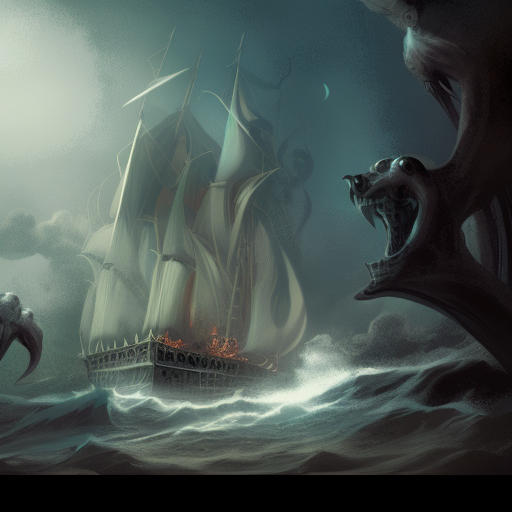The Pearl: A Tale of Greed and Misfortune
In John Steinbeck’s novella, The Pearl, a poor Mexican fisherman named Kino discovers a valuable pearl that promises to change his family’s life forever. However, as the story unfolds, the pearl becomes a symbol of greed, corruption, and the destructive power of wealth. Set in a small coastal village, this gripping tale explores themes of poverty, ambition, and the human condition.
The Illusion of Wealth and Happiness
At the heart of The Pearl lies the illusion that wealth can bring happiness and solve all of life’s problems. Kino, a simple and content fisherman, dreams of a better life for his wife, Juana, and their baby son, Coyotito. When Kino discovers the magnificent pearl, he believes that it will provide them with the means to escape poverty and secure a brighter future. However, as the family’s newfound wealth attracts envy and greed, their lives take a dark and tragic turn.
Kino’s initial excitement quickly turns into obsession as he becomes consumed by the pearl’s potential. He dreams of sending Coyotito to school, marrying Juana in a church, and owning a rifle. Yet, as the pearl begins to corrupt those around him, Kino’s dreams become distorted, and his once-happy family is torn apart.
The Destructive Power of Greed
Steinbeck masterfully portrays the destructive power of greed through the characters in The Pearl. As news of the valuable pearl spreads throughout the village, Kino’s neighbors, friends, and even the local doctor become consumed by envy and desire. The pearl, once a symbol of hope, becomes a catalyst for destruction.
The doctor, who previously refused to treat Coyotito because of their poverty, suddenly becomes interested in their well-being when he hears about the pearl. He represents the corrupting influence of wealth and the hypocrisy of those who prioritize material possessions over human life.
Similarly, Kino’s brother, Juan Tomas, warns him of the dangers that come with the pearl, advising him to sell it immediately. Juan Tomas understands that the pearl has the potential to bring harm and destruction, as it attracts the attention of those who will stop at nothing to possess it.
The Inescapable Cycle of Poverty
Despite Kino’s hopes of breaking free from poverty, The Pearl highlights the inescapable cycle that traps the poor in a constant struggle for survival. The villagers, living in a society where the rich exploit the poor, are trapped in a system that perpetuates inequality and despair.
Kino’s attempts to sell the pearl at a fair price are met with deceit and manipulation by the pearl buyers, who conspire to cheat him out of his rightful earnings. The pearl buyers collude with each other to drive down the price, taking advantage of Kino’s desperation and lack of knowledge.
In the end, Kino realizes that the pearl has brought him nothing but sorrow and tragedy. He returns to the sea, casting the pearl back into its depths, symbolizing his rejection of the false promise of wealth and his return to a simpler, more meaningful existence.
- The pursuit of wealth can lead to the destruction of relationships and the loss of one’s true values.
- Greed and envy can corrupt even the most virtuous individuals.
- The cycle of poverty is difficult to break, and the poor are often exploited by those in power.
“This pearl has become my soul. If I give it up, I shall lose my soul.”
In The Pearl, John Steinbeck crafts a powerful and thought-provoking tale that explores the dangers of greed and the illusory nature of wealth. Through vivid storytelling and compelling characters, Steinbeck reminds us of the importance of valuing what truly matters in life: love, family, and the pursuit of happiness, free from the trappings of material possessions.












